
The government – a major stakeholder in rail, road and air transport – needs to design an integrated transport policy where goods are enlisted for economical carriage. Pakistan also desperately requires a transport ministry to regulate and control the industry, similar to what is being done in the UK, India and other developing countries.
According to a study conducted by the Japan International Cooperation Agency, transportation of one ton per kilometre by road will cost five times more than if it were carried by rail.
Despite losses, the rail network provides a comparatively safe, affordable and reliable mode of transportation to a significant portion of the country’s population. Pakistan Railways, a legacy of the colonial period, is also one of the largest employers.
The Pakistan Railways network has a total of 945 stations, approximately six kilometres apart, to meet operational, safety and communication requirements.
Till the 1970s, Pakistan Railways was a self-sustaining organisation run by an autonomous four-member policy forming Railway Board which constituted a Member Traffic, Member Mechanical, Member Civil and Member Finance. Apart from the nominee of the finance ministry, the other three were senior railway employees specialising in their respective fields – the chairman of the Pakistan Railways was also appointed from one of these three technical specialists at the discretion of federal government. A vice chairman, the fifth member, was an executive who oversaw daily administration.
In 1990, the government appointed an officer from the Civil Services of Pakistan chairman and from then on there has been a rapid decline not only in performance but also the balance sheet of the organisation.
Today, with an allocation of Rs13.63 billion in this year’s federal budget, Pakistan Railways is in dire financial straits, with scarcity of funds and serviceable locomotives to keep it on track. Transportation of goods, which previously constituted 40 per cent of its revenues, has been reduced to between 25 and 30 per cent.
It is presently being run by a non-functional board, one that mainly exists on paper and operates without any strategic planning mechanism. Furthermore, railway accounts are not subject to scrutiny by the Auditor General of Pakistan, a key factor for revenue and procurement pilferage.
A depreciation fund, which was meant for scheduled preventive repair and maintenance of locomotives, carriages and tracks, has been disbanded.
Till 1990, the carriage factory in Islamabad was exporting freight wagons and coaches to Sri Lanka and Bangladesh, in addition to meeting local requirements. Rather than augmenting this facility, the lure of kickbacks has resulted in its virtual shut down and orders were placed for import of carriages.
Although Moghaplura has facility to produce High Capacity (HC) wagons, the same were imported from China. These imported wagons have the handicap that they cannot ply on branch lines because of axle load limitations. Pakistan Railways had compatible locomotives from GE, Hitachi and other companies – all with different axle loads but compatible with the railway tracks. Our main line tracks have the capability of handling a load of 22 tons per axle, while branch lines can sustain 16.5 tons per axle.
Former president Pervez Musharraf appointed General Javed Ashraf the railway minster, General Saeed the chairman and General Hamid Butt the general manager of manufacturing and services, all of whom had no prior experience in railways.
They imported from China ‘Group 1’ locomotives with axle load of 23 Tons per axle, although the limitation was 22 tons per axle. Similarly, orders were placed for ‘Group 3’ locomotives with loads of 19.3 tons – while the limitation was 17.5 tons per axle.
A special dispensation was issued by the Railways allowing their operation on sections where it could prove dangerous and this is still in force. This has led to numerous accidents and loss of precious lives.
Trials conducted on Chinese Group 3 locomotives revealed that while their fuel consumption was higher the hauling power was much less than the specifications listed jointly by the manufacturers. Their performance was worse than the existing 30 to 40 year old locomotives.
The 64 Chinese locomotives, based on vintage Russian technology, had an additional impact for spare parts procurement valued at $15 million annually, making them the most expensive locomotives ever procured by Railways. Earlier, the annual allocation for maintenance and repair would never exceed $10 million for the total fleet of 530 locomotives.
More recently, in 2009-2010, an additional order for 75 brand new locomotives has been placed with the same Chinese middleman Dong Feng Trading House (DFTH) and Mishan Locomotives Works, the manufacturer.
As if this was not enough, 200 passenger carriages at an exorbitant cost are also being procured, although the same could be manufactured by the factory in Islamabad with imported raw material.
Yet another major source of pilferage is the sub-standard manufacturing outsourced to local contractors – most of these firms owned by front men of senior officers. The Chemist and Metallurgical Centre, responsible for testing and analysing raw materials and spares, boasts obsolete equipment.
Pakistan Railways is not a member of UIC, the international standards regulatory body and therefore cannot have access to their specifications and drawings, nor has railways upgraded their own systems, that could facilitate quality control of procurement.
At the end of the day, economics decides the fate of an industry and an integrated policy would benefit the national economy.
Published in The Express Tribune, September 20th, 2010.









































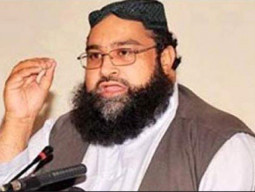

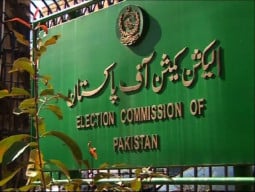
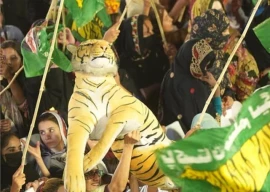













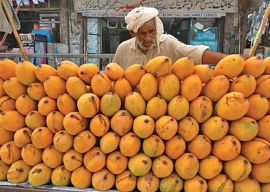
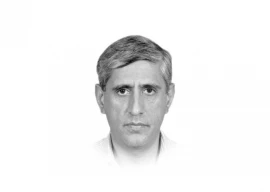





COMMENTS (10)
Comments are moderated and generally will be posted if they are on-topic and not abusive.
For more information, please see our Comments FAQ